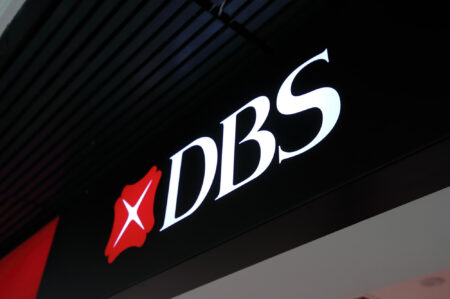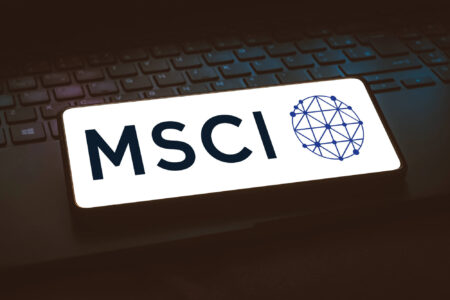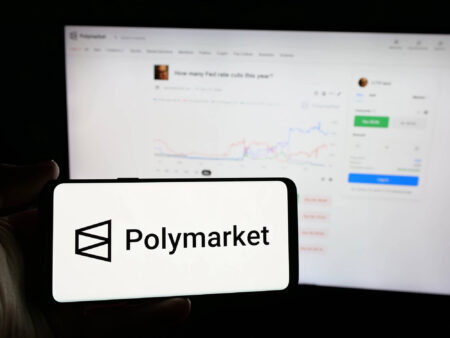Selected articles of the week:
Technologies that have the potential to completely redesign entire business sectors are naturally developing rapidly. This was already visible in the early days of the internet and is no different with the advent of blockchain technology. Regulators are naturally lagging behind the development. However, for mass adoption of new applications, regulation is essential, as without legal certainty, the flow of investment and thus innovation comes to a standstill. Since the first major adoption of cryptocurrencies in 2017, a lot has happened in this area. The fact that values can now be transferred over the internet without involving the traditional payments and financial infrastructure makes the regulatory framework no less complex. Meanwhile transaction possibilities already exist in the DeFi area, that are in no way inferior to the traditional financial sector. Without the proactive involvement of financial supervisory authorities, the crypto industry would not have made the development it has stormed over the past five years. There has been a lot of progress in the industry in terms of the diversity of products and services as well as in terms of global adoption. Yves Longchamp summarizes the development and challenges involved in regulating the crypto industry.
How has crypto regulation evolved in recent years? A summarizing overview of the most significant events all over the globe.
Singapore positioned itself relatively early as a blockchain hub. Despite recently unclear signals from the local regulatory authority, the city-state’s largest bank is increasingly involved in the field. After experiments in the metaverse, DBS Group opens cryptocurrency trading for 100,000 wealthy customers on its own trading platform. The bank justifies the step with the ongoing interest in digital assets from institutional customers.
DBS Bank has opened up its cryptocurrency trading services on its digital exchange to an additional 100,000 of its most affluent clientele.
The Cardano network is already one of the established blockchains, thanks to its seven-year existence in the fast-moving industry. The last epoch of development in the sector was characterized by new blockchains with novel consensus algorithms as well as by scaling solutions for existing networks. In this competitive environment, the smart contract platform, which is one of the largest in terms of market capitalization, has also evolved. In an interview with CVJ.CH, Frederik Greegard, CEO of the Zug-based Cardano Foundation, gives an overview of the current state of the ecosystem and the network’s future ambitions around DeFi, NFTs, and other use cases.
Frederik Gregaard, CEO of the Cardano Foundation, describes the developments within the Cardano ecosystem in a conversation with CVJ.CH.
Over-collateralized stablecoins like MakerDAO’s DAI play a significant role in the DeFi space and have survived the recent crypto market storms unscathed. The bulk of all popular stablecoins are pegged to the US dollar. Grizzly.fi this week became one of the first to launch an over-collateralized stablecoin pegged to the Swiss franc (CHF). The token can be minted against Bitcoin or Ether collateral in a similar fashion to MakerDAO’s DAI.
For the first time, a stablecoin pegged to the Swiss franc (CHF) crosses the 10 mio. mark and enters the dollar-dominated arena.
In addition: The global markets are in one of the most volatile macroeconomic environments in decades. The S&P 500 plunged to annual lows and dragged the currently highly correlated crypto markets with it. Last week, the Fed raised interest rates by another 75 basis points and traditional risk assets experienced another sell-off. The rise of the U.S. dollar to a multi-year high added to volatility in global investor markets, hitting bond markets in the EU and the UK particularly hard.
A summarizing review of what has been happening at the crypto markets of the past week. A look at trending sectors, liquidity, volatility, spreads and more. The weekly report in cooperation with market data provider Kaiko.









